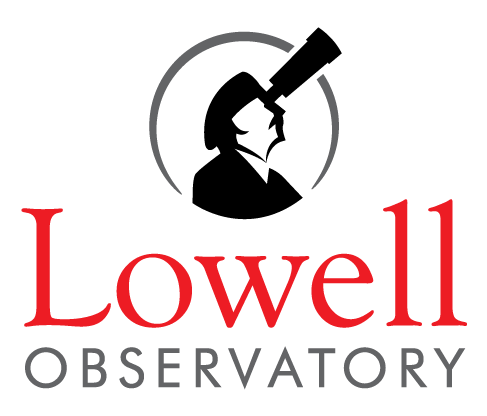After nearly one and a half centuries of effort, one of the most pernicious problems in observational astronomy obtaining resolved images of the stars is finally yielding to advances in modern instrumentation. The exquisite precision delivered by today's interferometric observatories is rapidly being applied to more and more branches of optical astronomy. The most capable interferometers in the Northern Hemisphere, both located in the United States are the Navy Precision Optical Interferometer (NPOI) in Arizona and the Center for High Angular Resolution Astronomy Array (CHARA) run by Georgia State University and located in California. In early 2013 these two groups held a joint meeting hosted by the Lowell Observatory in Flagstaff. All major groups working in the field were represented at this meeting and it was suggested to us by this Journal that this was an excellent opportunity to put together a special issue on interferometry. In order to be as broad as possible, those who did not attend the CHARA/NPOI meeting were also solicited to make a contribution. The result is this collection of papers representing a snap shot of the state of the art of ground based optical and near infrared interferometry.
